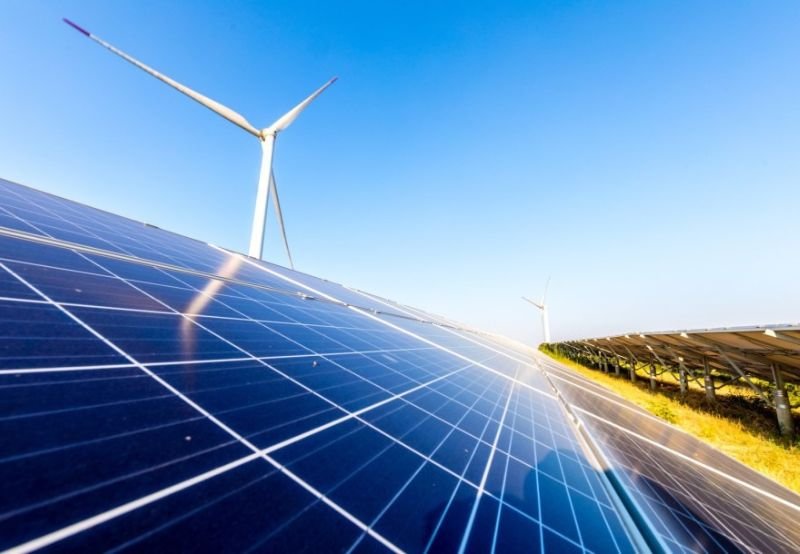8 GW of SECI Solar Projects Await Buyers Amid Grid Challenges
SECI’s latest report reveals nearly 8 gigawatts of renewable energy capacity remains unused – including solar hybrids, BESS-backed projects, and round-the-clock power solutions. This stranded capacity could power 1.6 million homes annually. What’s causing this clean energy bottleneck? Let’s examine the key factors.
Transmission Bottlenecks Freeze Solar Adoption
Despite record-low solar tariffs at ₹2.53/kWh, DISCOMs face grid integration challenges. Transmission infrastructure hasn’t kept pace with India’s renewable energy growth, mirroring issues seen in global solar markets.
The Storage Cost Barrier
Battery storage remains critical for solving intermittency issues, but current pricing deters widespread adoption. Projects integrating hybrid solar systems show promise with 70% PLFs, outperforming standalone solar farms.
Key Challenges Impeding Solar Procurement
- DISCOM financial health: Cumulative losses exceed ₹4.5 lakh crore
- 40% interstate transmission corridor congestion during peak solar hours
- Stringent bank guarantee requirements limiting participation
Lessons From Global Solar Markets
California’s 2020 curtailment of 1.5 TWh renewables offers cautionary insights. India’s 8GW stranded capacity represents 13% of total installed solar, highlighting urgent infrastructure needs.
Emerging Solutions on the Horizon
SECI’s new pooling substations could reduce transmission losses if implemented effectively. Meanwhile, storage costs continue declining – LFP batteries recently dipped below $100/kWh, approaching the critical $80 threshold for mass adoption.
This capacity bottleneck underscores the need for policy alignment with technological realities. As India’s solar generation continues growing, overcoming these grid challenges becomes imperative for renewable energy leadership.






